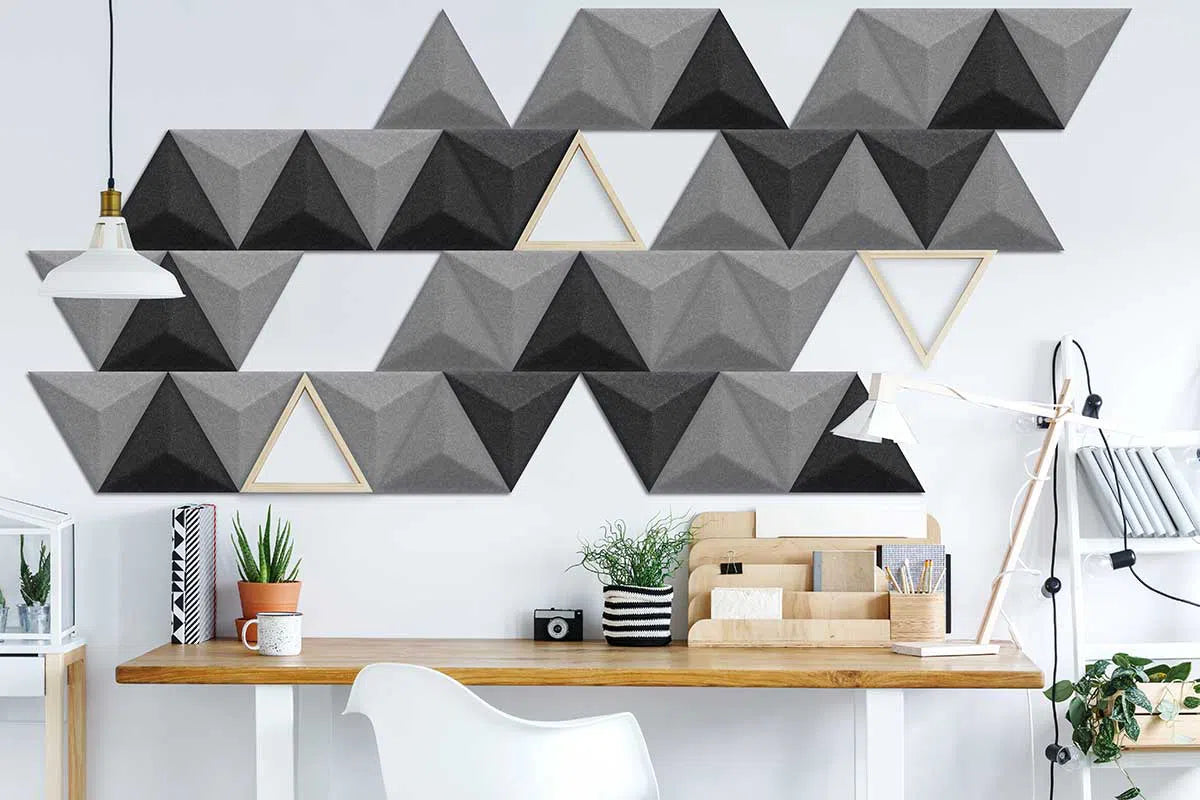Modern design constantly evolves to meet the need for both beauty and functionality.Read More
Cut and Edge refers to a precision manufacturing technique used to produce wood-based panels that are cut to exact measurements and finished with smooth, sealed edges. Typically made from materials like MDF, chipboard or plywood, these panels are then edged with either PVC, ABS or veneer strips to give them a polished, durable finish. This process allows for high customisation, making it ideal for kitchen cabinetry, wardrobes, retail displays, office furniture, and even artistic wall features. The result is a surface that’s not only functional and long-lasting but also aesthetically refined. One of the most compelling aspects of Cut and Edge panels is how they invite artistic expression within structured design. These panels provide clean lines and flat surfaces that designers can treat like a canvas—perfect for layering colours, patterns, textures, and even lighting elements. Thanks to technological advancements, panels can now be routed, engraved or printed upon, offering designers and artists new opportunities for creative exploration. Whether it’s geometric patterning, woodgrain replication, or minimalist matte finishes, these panels allow for bespoke styles that still maintain a consistent level of craftsmanship. What sets Cut and Edge panels apart from traditional materials is their dual purpose. On one hand, they offer a streamlined, durable solution for constructing practical furnishings. On the other, they embody visual harmony, seamlessly integrating into interiors with little need for further modification. Because these panels are pre-sized and edged, they reduce the need for on-site adjustments and help maintain quality control throughout a project. They’re particularly popular in commercial settings where time, consistency, and appearance matter. From sleek reception desks to modern retail units, their versatility ensures they meet both structural and stylistic needs. Artistic design doesn’t have to come at the cost of sustainability. Many Cut and Edge panel suppliers use responsibly sourced wood and recyclable edge materials, making them a smart choice for eco-conscious projects. Their efficient production also leads to less waste compared to traditional carpentry, which adds to their appeal in large-scale developments. In addition, Cut and Edge systems are often more affordable than solid wood alternatives, offering similar visual results with added durability and stability. This makes them an ideal option for budget-sensitive projects that don’t want to compromise on aesthetics. From residential homes to commercial interiors and even art installations, Cut and Edge panels find a place in diverse creative fields. In domestic settings, they’re commonly used in kitchens, wardrobes, and media units. Their modular nature means they can fit snugly into compact spaces, offering stylish solutions without clutter. In commercial environments, these panels are a staple for shopfitting, workstations, and display units, thanks to their clean lines and easy maintenance. Meanwhile, in the art world, they’re increasingly being used to create backdrops, modular installations, and even gallery furnishings due to their flexibility and surface compatibility. Cut and Edge panels demonstrate that functionality and beauty are not opposing forces—they’re two sides of the same coin. These engineered surfaces prove that even the most practical elements of a space can become part of its artistic story. As more designers, makers, and artists explore the creative potential of everyday materials, Cut and Edge solutions continue to redefine what’s possible when form meets function. In a world where both innovation and craftsmanship are prized, these panels offer the perfect blend of precision, durability, and visual impact.What Are Cut and Edge Panels?
A Canvas for Creative Expression
Functionality Meets Form
Sustainable and Cost-Effective
Applications Across Design Sectors
Conclusion: A Material That Marries Vision and Utility




